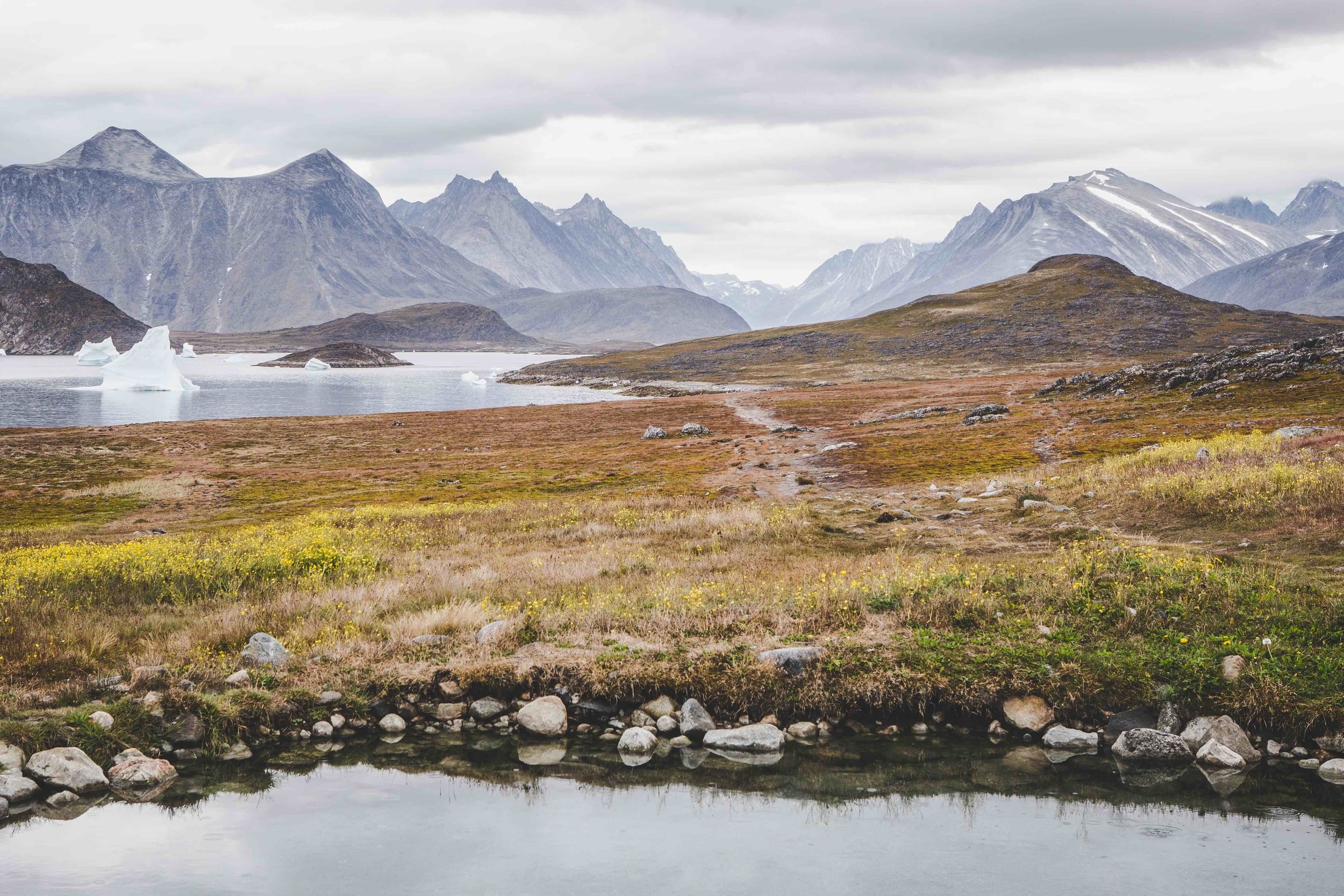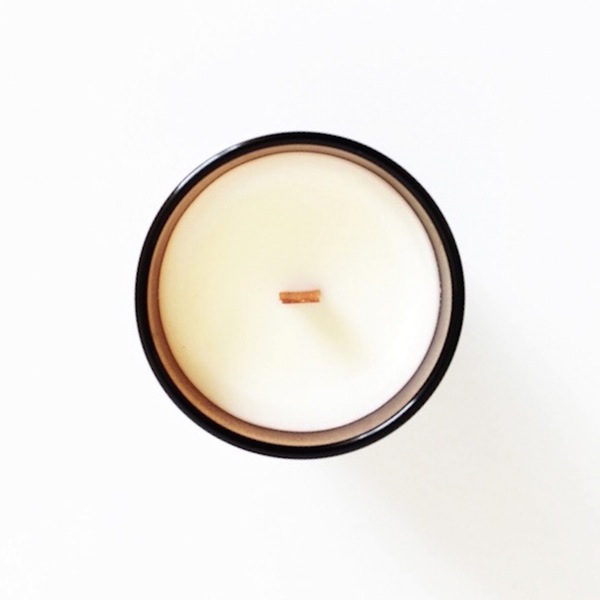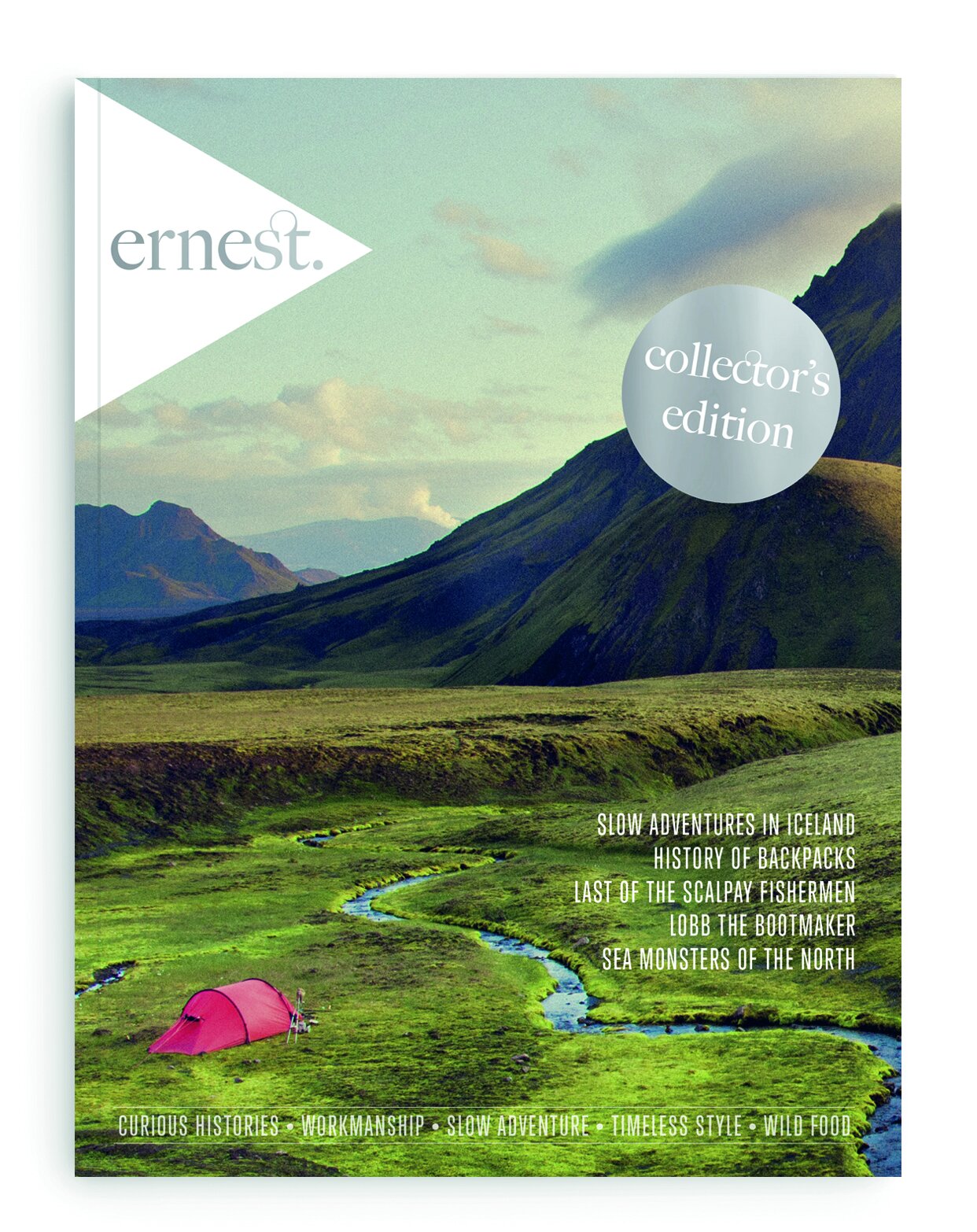For issue 4 of Ernest Journal, we sent photographer Daniel Alford to South Greenland to shoot giant icebergs, hot springs, Norse ruins, turquoise fjords and snow-capped mountains. He didn't disappoint. We chat to Daniel about the adventure, his influences and why geology was the catalyst for his career as a travel photographer...
Daniel tries out his new underwater camera cover for the first time. Photo: Abi Whyte
How did you first get into photography?
I started taking photographs on geology field trips during my A-levels and first year of university. We were pretty lucky with our field work locations, to be honest. I traveled to Iceland and stood between two tectonic plates and watched the northern lights. In Sicily and Stromboli, we conduced our coursework on two of the of most active volcanos in Europe, and we searched for signs of the last Ice Age in Mallorca.
After switching my degree to music, I started photographing and filming natural history as a hobby and it eventually became all I wanted to do. I definitely owe my love for travel and photography, which drives me so passionately today, to studying earth science and getting the opportunity to travel to amazing places.
What are your interests as a photographer?
With my landscape work I've always tried to spread awareness. I want to encourage people to get outdoors, have adventures, chase that sunset and ultimately to appreciate nature. I get a lot of enjoyment and perspective from spending time outdoors.
The more time I spent photographing and developing a style I'm happy with, I naturally started asking for more from my work. At the moment, what interests me is our connection with the natural world. I used to dislike any human element in my photographs. I wanted to capture wilderness and untouched landscapes. I realised recently that I had this all wrong. The most important part of the natural world at the moment, I believe, is how we interact with it, especially at this point in time. Photographing pristine wilderness almost seems like false advertising to me.
There seems to be an inherent connection between people and the outdoors. It's this connection that I find fascinating and I want to document with my photography, whether it be my own connection or someone else’s.
What have been your main influences?
Aside from my previous education in earth sciences, my degree in Creative Sound and Music has had a lasting effect on my photography. The degree taught me how to be creative in a professional context. It taught me to really think about the work I was producing, why I was producing it, and ultimately what the message was. It was then I realised that the process and message aspect of what you're doing creatively is transferable to any art form, whether it be music, design, photography or film.
The main influences for me in terms of the visual and narrative side of things started with The Lord of the Rings trilogy. I remember watching the first film when I was quite young, and it having a profound impact on me. The other-worldly style, the landscapes, colour grading and cinematography were just immense. Other than that, BBC natural history documentaries like Planet Earth really blow me away. I watch David Attenborough’s programmes almost obsessively.
Tell me about your experience shooting in South Greenland for Ernest. Any highlights or lowlights?
I had an amazing time working in Greenland. For me, the landscape looked like what I imagine Scotland looked like at the end of the last Ice Age. It seemed both harsh and fragile. Everybody I met there was incredibly friendly and hospitable.
I don't really have any lowlights from the trip! Apart from a particularly rainy day visiting Viking ruins. It rained so much that the buttons on my camera started changing function all by themselves. That was a scary moment. Our flight got delayed on the way home, too, but I was happy enough to spend another night in the country.
I did have a few strange experiences. Our guide Inga was regaling us with Viking sagas, near the remains of an old church in the fjord where Eric the Red's cousin settled. It was a particularly misty and rainy day and we were the only people there. After she finished her stories, Inga turned to me and said, "You feel like you have been here before, don't you?" I couldn't help but admit that that was exactly how I was feeling.
I was asked by a few people I met if I had found enough silence since I arrived in the country. I knew what they meant by that.
There was plenty of hilarity working with features editor Abi – never a dull moment.
Daniel does a recce of Hvalsey Church. Photo: Abi Whyte
What's your standout memory of your time in South Greenland?
The flight into Greenland from the east was just incredible. You fly over the southern tip of the country seeing the Ice Sheet stretching back far to the horizon. You see glaciers snaking through the fjords, feeding thousands of icebergs in to the sea.
I will never forget seeing Igaliku for the first time, from a high vantage point. To my surprise it was a beautifully warm day, and the afternoon light was casting long shadows across the fjord. Later that night we were very fortunate – we were treated to an amazing show from the Aurora borealis, despite the full moon. It was really special as I managed to get a few shots, too!
A lot of people we met told us their stories of spotting whales in the fjords. I was on the look out the whole time. We spent our days traveling around on boats (such is the Greenlandic way) so we were in with a good chance. Near the end of our trip we were lucky enough to briefly see the diving tail of a humpback whale. I'd always wanted to see a whale so I was absolutely thrilled.
Greenland is the kind of country that when you get back home from visiting, you're going to have to write a new bucket list.
What did you learn from your trip?
I learned a lot from the Greenlandic people. It was great hearing their perspective on life, the modern world, and also their political situation. Sometimes I felt like I was talking to people from an ancient time – it was humbling. They still have a huge connection with the natural world – it's at the forefront of their culture and their lives, something I think the western world is losing, and could benefit from.
Oh, and if you travel to Greenland, remember to forget your watch and your time schedule. Things work a little differently there.
Daniel masters the art of shooting icebergs with cold, numb fingers. Photo: Abi Whyte
Who are your favourite photographers?
The people that come to mind at the moment are David Yarrow, Finn Beales, Chris Burkard and Kevin Russ.
Dream photographic destination?
Antarctica seems like a magical place: a harsh and dynamic yet beautiful environment. It would have to be top of the list for me.
What's on your bedside table?
A house plant, a small framed map of Middle Earth, a few books, and a lamp.


























































